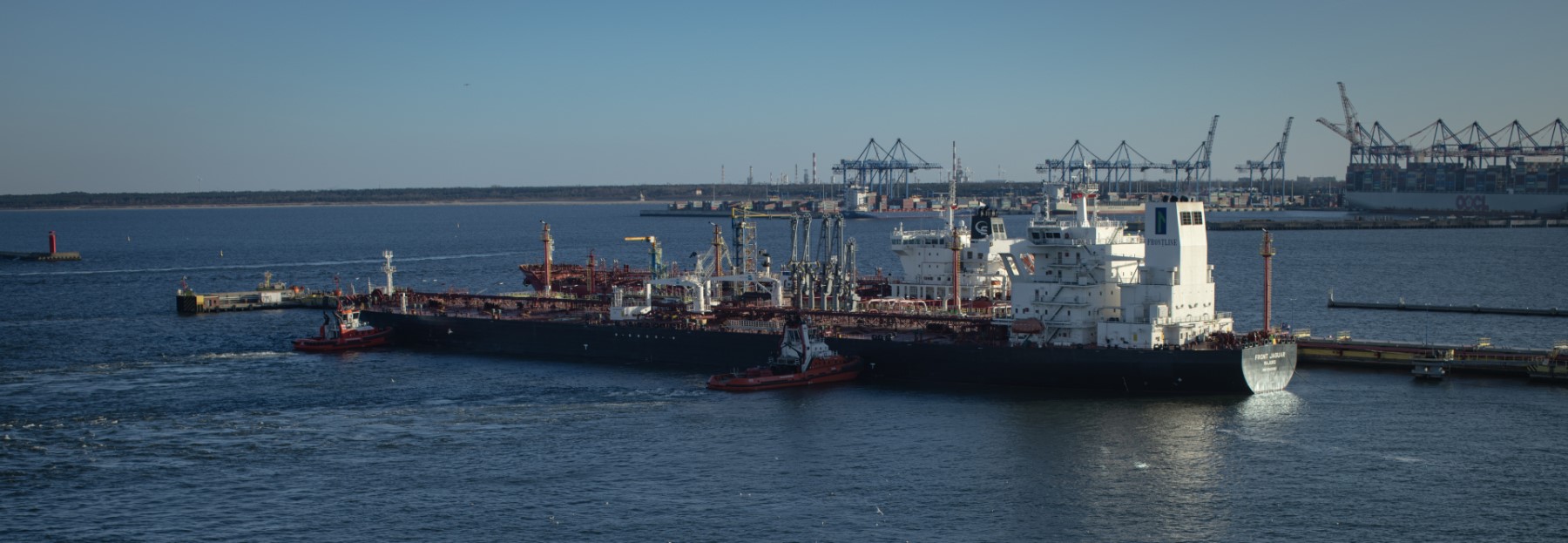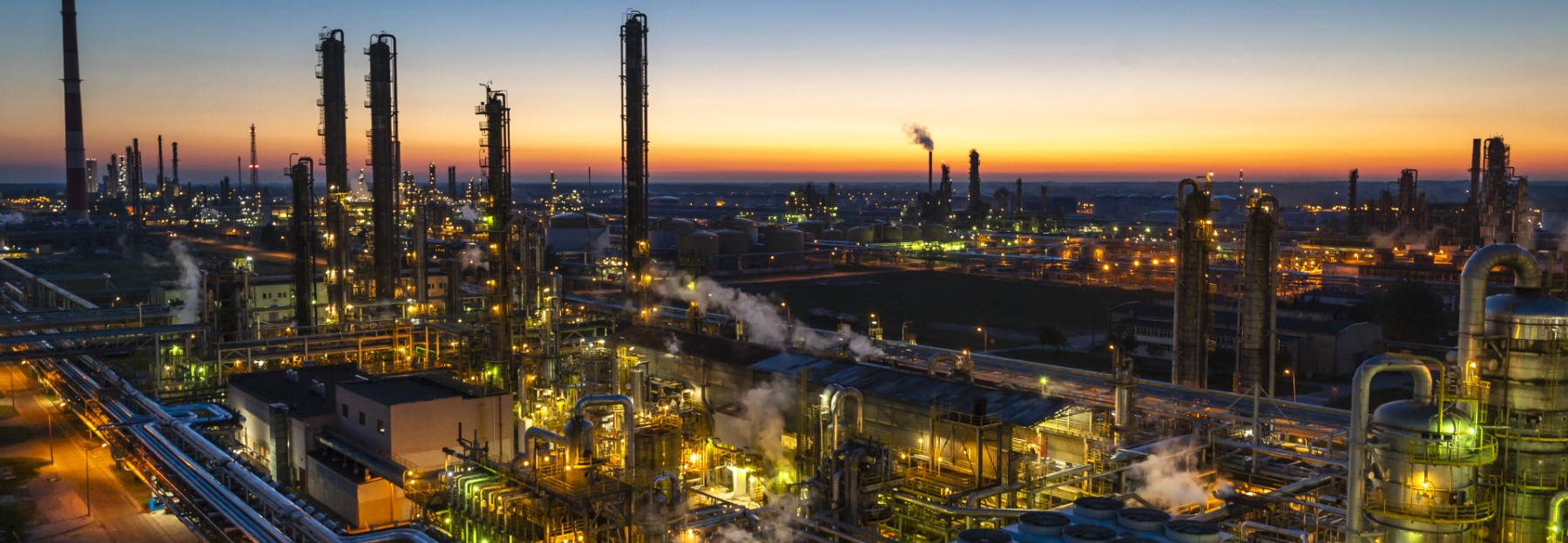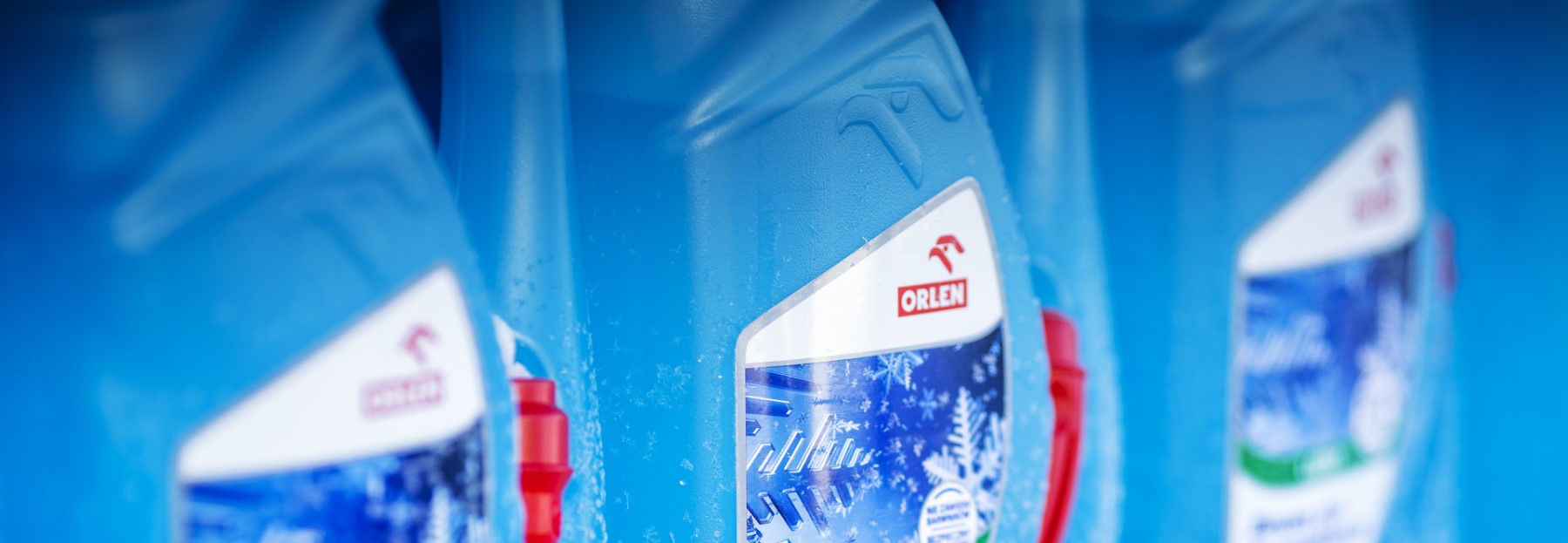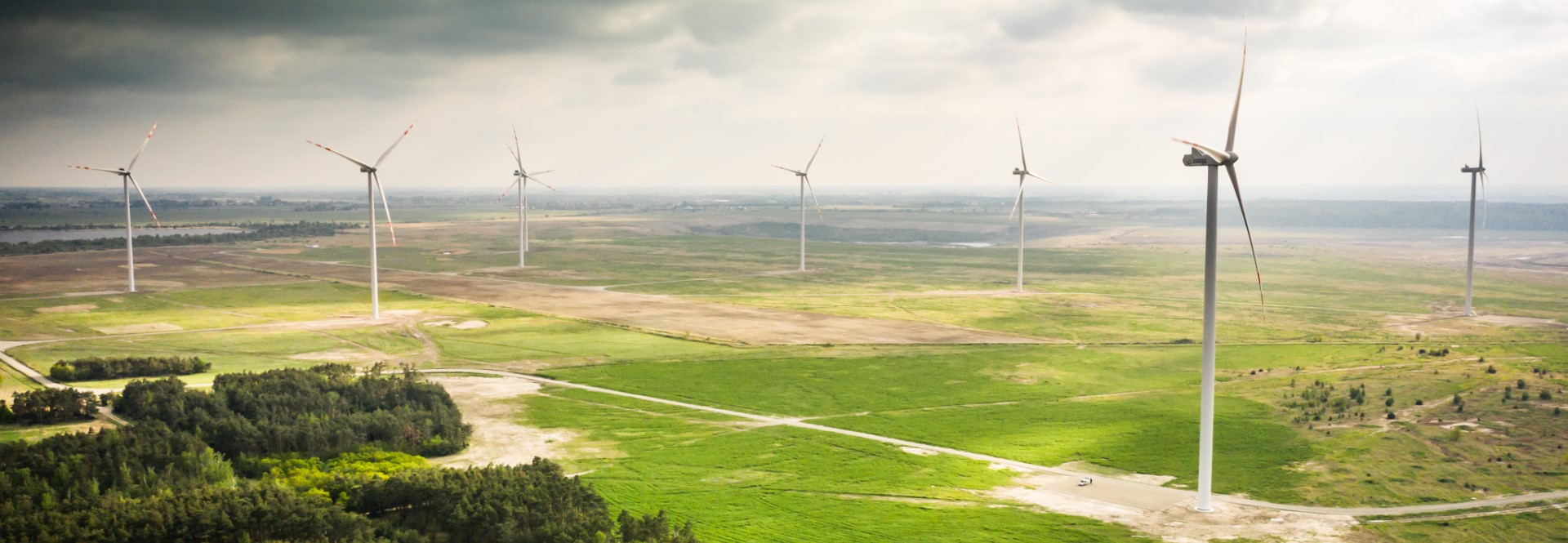The ORLEN Group maintained its leading position on the market, both in terms of the volume of sales and the size of the service station chain. In 2021, the Benzina chain comprised 424 sites, and maintained its market share at 24.8%.
In terms of the number of service stations, Hungary’s MOL is the second largest chain in the Czech Republic (with 304 locations). Tank Ono, a privately-owned discount chain, is an important player in terms of the market share, with 44 stations and an approximately 15% share in the market. Other major players on the Czech market are the premium stations run by the two multinationals Shell and OMV, with a combined market share of just under 23%.





